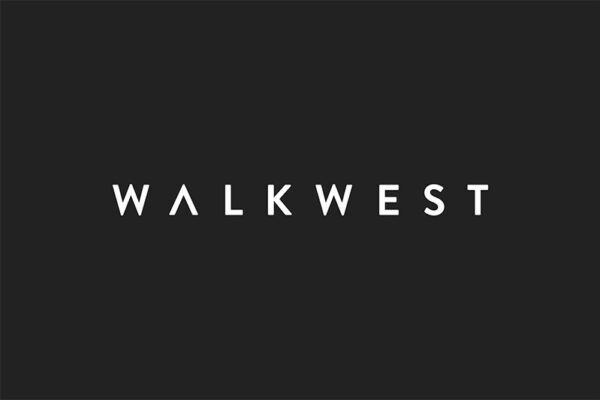This article is Part 1 of a 5 Part series shedding some light into our Web Design Process. This article explains the importance of strategic research and planning before beginning the tangible processes of design and development.
As John Steinbeck once said, the best-laid plans of mice and men often go awry. But he never mentioned what happens when there’s no plan in the first place. Without proper planning, execution becomes difficult if not impossible. We’ve obtained clients before who had started the web design process with other vendors who decided to skip this critically important step. To some web designers, the process starts with firing up Photoshop and creating their version of what they think their clients want. This couldn’t be any more wrong. It would equally be wrong to create a website based on what our clients think they want. This project, after all, is not for us and neither is it for our clients (even though they’re paying the cash). It’s for our clients’ clients. Thinking in terms of that subset of people is what makes all the difference.
To get our web design projects started out on the right foot, we start by asking questions. Lots of questions. We firmly believe that no two design projects are the same and we treat each of our projects as an individual with concrete, definable goals. We start our projects with three concrete parties in mind: your audience, your competition, and you.
Your Audience
Your audience is perhaps the most critical of these three parties. There’s a reason why you’re looking to design or redesign your website. It’s often because you have someone to tell about your goods or services. Who are these people? Who is your target audience? What are they expecting from firms like yours? What do they want or need from a company like yours? Thinking outside of the box and thinking like your customer can yield some relevant revelations about the direction your project should take.
We don’t stick to surface level here. We want to know all kinds of details about this fluid, and often intangible group that you’re hiring to communicate with. How old are they? Are they male or female? Where do they live? What’s their economic status? Discovering the attributes of your audience often yields more questions. Questions are good, after all, they’re the beginning to the discovery and directional process of your eventual website.
Your Competition
Everyone has a website and you’re likely not the only one providing your goods and services. If you weren’t, the US Government would have put the stamp down on your monopoly a long time ago.
Who is your competition? What are their competitive advantages that you don’t have? What are they doing that is better than you? What are some weaknesses of your competition that we could exploit? What is your unique competitive advantage that would give you a marketing tool that they don’t have? Doing an online competitive analysis gives us a great framework of what the industry is doing right – and wrong. We’ll want to take this data and advertise your advantages and exploit your competitions’ weaknesses.
Your Goals
Finally, we take a good long look at your short and long term goals. We work with firms every day with a diverse set of goals. Some want a website to simply extend their brand and provide information about the company. Some service based industries take an analytical approach and base their website on the goal of attracting leads. Others have products, both tangible and digital, that they want to sell more of. There are many reasons to design or redesign a website and allowing us to take you through this process will make those goals more concrete and attainable.
With these goals in mind, we’re ready for Part 2 – Architecture & Prototyping.

